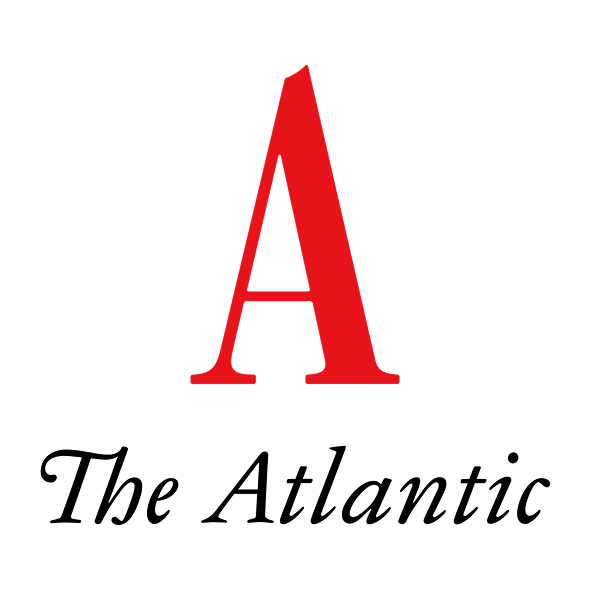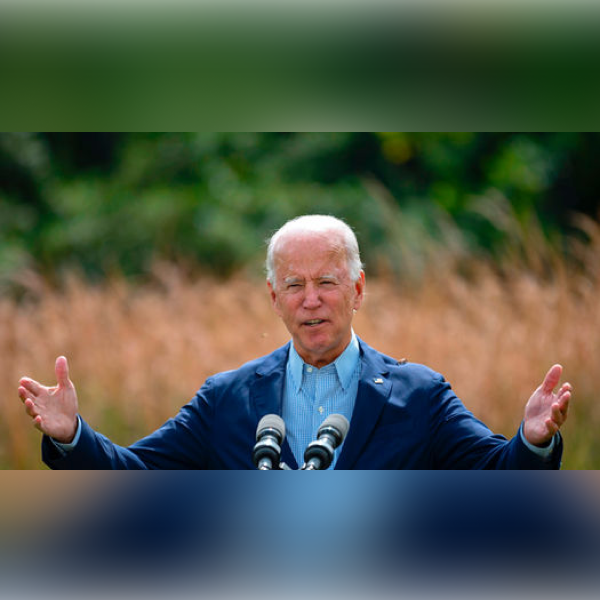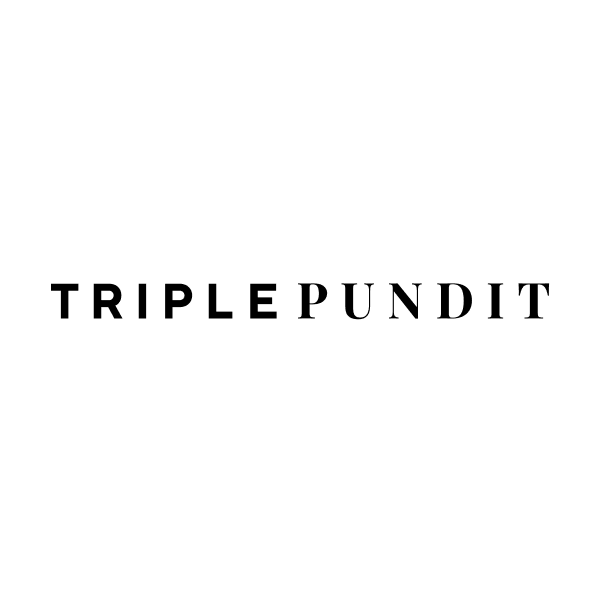Announcing the Giving Green Fund’s First Disbursements
An update to our supporters.
Summary
The Giving Green Fund (GGF) makes donations to Giving Green’s top recommended organizations. By donating to the Giving Green Fund, donors enable responsive and impact-first grantmaking to our recommended nonprofits.
In Q1 and Q2 of 2023, we recommended that grants from GGF (roughly USD$300,000) be divided equally among our top five nonprofits, other than a $50,000 reserve. Why an equal division? We did not select a most cost-effective giving opportunity when we initially recommended these nonprofits in November, and do not believe that our cost-effectiveness estimates have enough precision to distinguish between our recommended organizations. We have not learned any new information about effectiveness or organization’s needs for more funding that has caused us to re-evaluate this stance.
In the future, we expect to adopt more sophisticated regranting strategies for the reserve and for newly donated funds: for instance, we could fund time-sensitive opportunities or make large donations to kickstart new projects. We also hope to learn more about donor preferences, so reach out if you are a past or potential donor and are interested in informing our team’s view on GGF.
Background on the Giving Green Fund
In 2022, we launched the Giving Green Fund (GGF), hosted by Giving What We Can. Every quarter, we may recommend strategic grants from the Giving Green Fund based on our top nonprofits’ funding needs and opportunities.
We believe GGF is our highest-impact giving option. For instance, GGF could respond flexibly and quickly to time-sensitive opportunities from our recommendations, enabling high-potential projects that might not otherwise go forward. Using our knowledge of nonprofits’ funding gaps, GGF could also bolster nonprofits that had a weak fundraising year and contribute less to those that fundraise better than expected; individual donors are not privy to this kind of information, but GGF can ensure money goes to where it is most needed. We believe these kinds of dynamic funding strategies can have an outsized impact.
As of this writing, GGF has raised about USD$300,000. Below, we’re sharing how we are recommending grants from GGF in Q1 and Q2 of 2023.
2023 Q1 and Q2 allocation and options we considered
In Q1 and Q2 of 2023, all money raised in Q4 of 2022 and Q1 of 2023, respectively, was regranted. Other than a reserve, the funds were equally divided between our five top nonprofit recommendations: Clean Air Task Force, Evergreen Collaborative, Good Energy Collective, Good Food Institute, and Industrious Labs.
We considered three options for allocating this money:
- Divide the funds equally among the five nonprofits
- “Top-up” on funds directed by Giving Green. For example, if we estimated that organization A had already received $30,000 in direct donations from Giving Green-influenced donors, and organization B had already received $50,000, we would “top up” organization A with $20,000.
- Allocate based on reassessing funding need. For example, if we believed that organization A has an especially impactful project with a large funding gap, we would direct more money to organization A. Alternatively, if we believed organization B raised more money than it will be able to productively use, we would direct less money to organization B.
See below for additional details on each option.
Divide the funds equally
When we announced our top five nonprofits, we chose not to select a single most cost-effective giving opportunity from among them.[1] We think our current recommendations have similar levels of cost-effectiveness, within a range of uncertainty.[2] Therefore, dividing the funds equally was our default choice, unless we learned something compelling that shifted us to either of the two options below.
In addition, we think there is some benefit to dividing the fund in a way that’s simple, echoing our value of transparency, so that donors can easily understand where their money is going. We plan to consider more complicated allocations in the future, but they would need to be clearly more impactful. We want to avoid creating complexity for the sake of complexity.
“Even out” funds directed by Giving Green
Did Giving-Green-influenced donors give much more money directly to certain organizations than others, and if so, should GGF be used to even out total fundraising?
From November 2022 to February 2023, we roughly estimate that our top nonprofits each received between $80,000 and $300,000 from Giving-Green-influenced donors.[3] Because GGF, itself, has a balance of around $300,000, it is impossible for us to truly “even out” Giving-Green-influenced donations across the five nonprofits. To get close to this outcome, we would have recommended a split of GGF between the two least-supported nonprofits, and recommended $0 to the remaining three.
We are uncertain about our estimates of Giving-Green-influenced donations, as well as how they relate to each organization’s overall fundraising.[4] Based on our low confidence in these calculations, we did not feel comfortable recommending uneven allocations.
Qualitatively reassess funding need
Has any organization had a large change in funding need since November?
For example, an organization might have lower funding need due to a large and unexpected gift or better-than-expected end-of-year fundraising. On the other hand, an organization may have relatively higher funding need due to a new opportunity for the organization to expand its activities.
None of our top nonprofits reported any of the above, nor any other reason for us to believe their funding needs had substantially changed. Based on this, we again had no basis from which to deviate from recommending an equal allocation of GGF.
Reserves and their intention
We recommended in Q2 that $50,000 of the GGF’s balance be kept in reserve.
The intention of a reserve is to potentially fund a time-sensitive, high-impact opportunity. The bulk of our fundraising happens in November, December, and January, but climate action is year-round! For example, a key window for an organization to influence stakeholders could unexpectedly open in July. If GGF were to regrant all of its money in June, there would be very little left for this potential May opportunity. We think flexible and timely funding could be a key path to impact for GGF, and one that differentiates contributing to GGF from direct gifts to our top nonprofits: through our relationships with our recommendations, we are able to use money in ways that individual donors alone cannot.
Of course, such an opportunity might not arise, so we do not think it is prudent to hold too much money in reserve. However, a reserve amount would need to be large enough to matter if an opportunity does present itself. Based on the overall size of GGF and what we believe to be a lower-bound threshold for a meaningful grant amount, we feel $50,000 is currently an appropriate reserve balance.
Future allocations
In 2023, we plan for GGF to become a more impactful vehicle as it grows in size and we adopt more sophisticated regranting strategies. We have not made a decision on how to allocate future funds. If you have given to, or are considering giving to, the Giving Green Fund, and would like to speak with our team about how we should think about allocations, please reach out to us!
We expect future allocation methodology will largely depend on (a) the size of GGF and (b) donor preferences.
GGF growing substantially would present opportunities to think more strategically about how to raise and allocate funds. For instance, GGF might allow us to more easily run “true” matching campaigns. We could make a large donation to a single organization to open a new country office or have multi-year funding certainty. We could consider providing seed funding for new organizations focused on neglected but promising interventions.
In our Q1 and Q2 decisions, we realized we did not know much about the preferences of GGF donors. For example, does a GGF donor prefer for their donation to go to a certain number of organizations, to achieve a “portfolio” of giving? Do they prefer for their money to be regranted as soon as possible, or would they want GGF to hold onto the funds if we thought a more impactful funding opportunity could arise in the near future? We do not currently have good answers to these questions. This year, we expect to learn more about GGF supporters’ preferences, which may affect how we manage GGF. We are first and foremost focused on maximizing the impact of grants, but we recognize that GGF is nothing without donors that align with its vision!
Thanks to our operational partner, Giving What We Can, for hosting and managing the operations of the Giving Green Fund. Give to GGF following the instructions on Giving What We Can’s website.
Endnotes
[1] To be precise, we think some of these recommendations will prove more cost-effective than others in reality. However, we doubt we will ever be certain enough which ones will be more cost-effective to justify actively fundraising more for one over the others. Though this is unsatisfying from a truth-seeking perspective, it is in line with our value of humility. For more, see 2022 updates to Giving Green's approach and recommendations: Key uncertainties and plans to address them.
[2] As a heuristic, we consider something to plausibly be within the range of cost-effectiveness we would consider for a top recommendation if its estimated cost-effectiveness is within an order of magnitude of $1/tCO2e (i.e., less than $10/tCO2e).
[3] Though we work with the recipient organizations to estimate our impact, not all of the recipient organizations are comfortable disclosing these numbers publicly, so we’ve chosen to not release any of the organization-specific estimates.
[4] For more on how we estimate donations and our uncertainties, please see our 2022 annual report
Support Our Work
Giving Green Fund
One fund. Global impact. One hundred percent of your gift supports a portfolio of high-impact climate organizations, vetted by our research.
Best for:
Donors who want the simplest way to impact multiple climate solutions.
Top Climate Nonprofits
Meet the organizations on Giving Green’s list of high-impact nonprofits working to decarbonize our future, identified through our rigorous research.
Best for:
Donors who want to give directly and independently.
Support Our Work
We thoroughly research climate initiatives so you can give with confidence. For every $1 we receive, our work unlocks another $21 for effective climate solutions.
Best for:
Donors who want to amplify their impact through research.
.png)


.png)


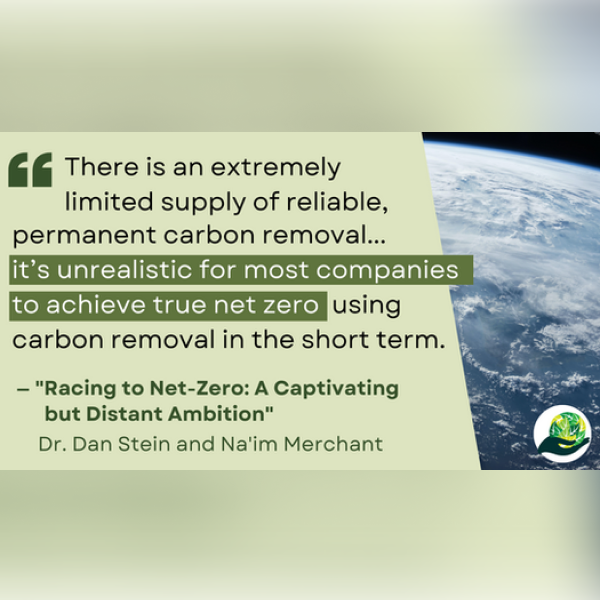
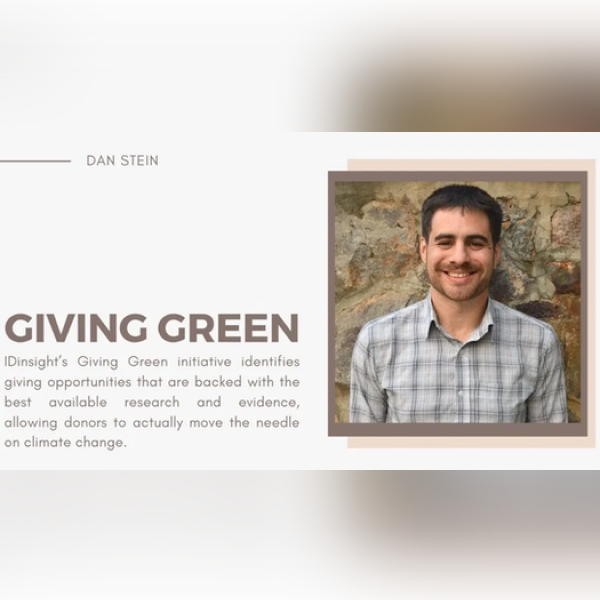

.png)


.png)



.png)


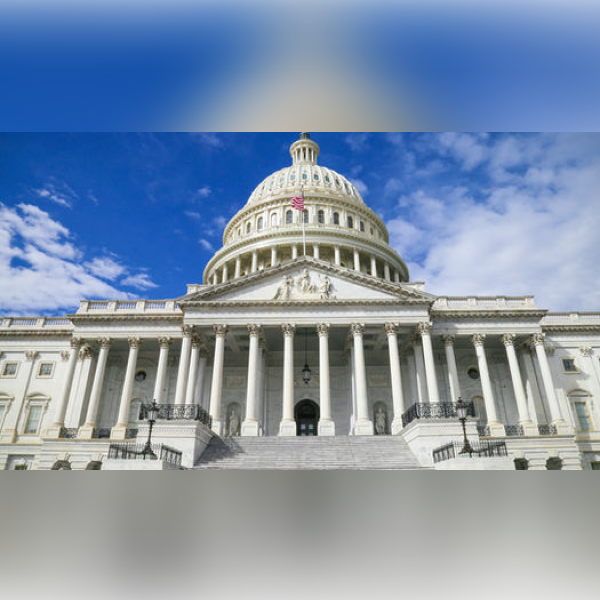


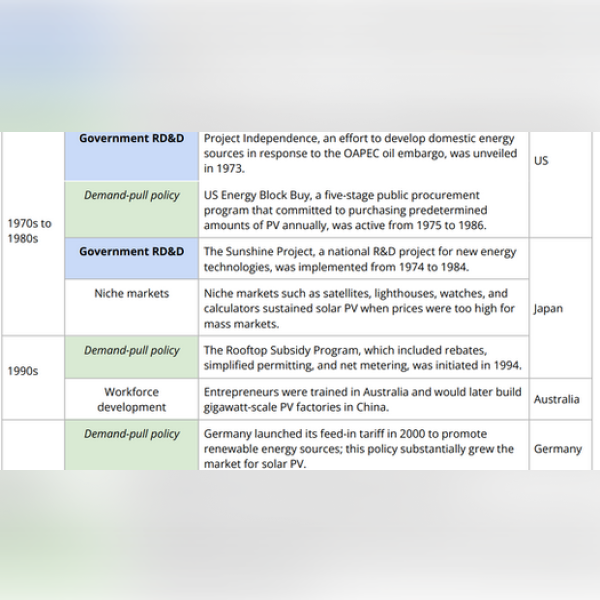

.png)









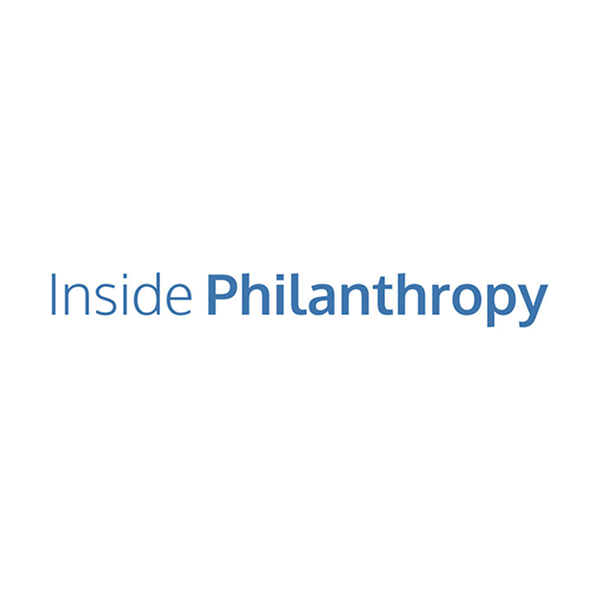









.png)



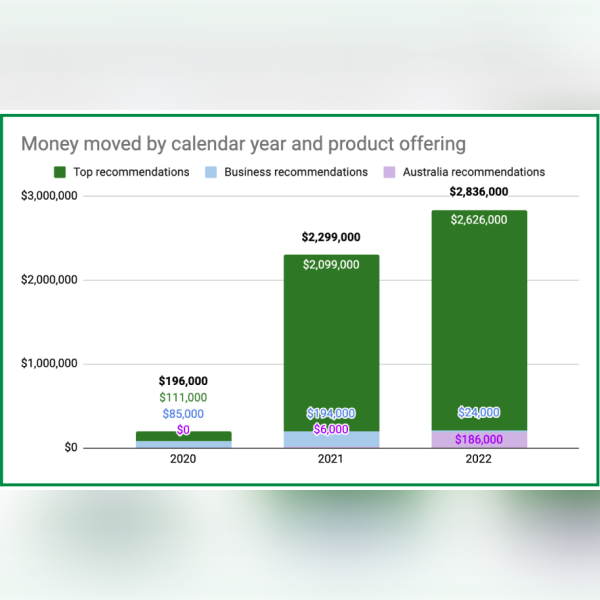
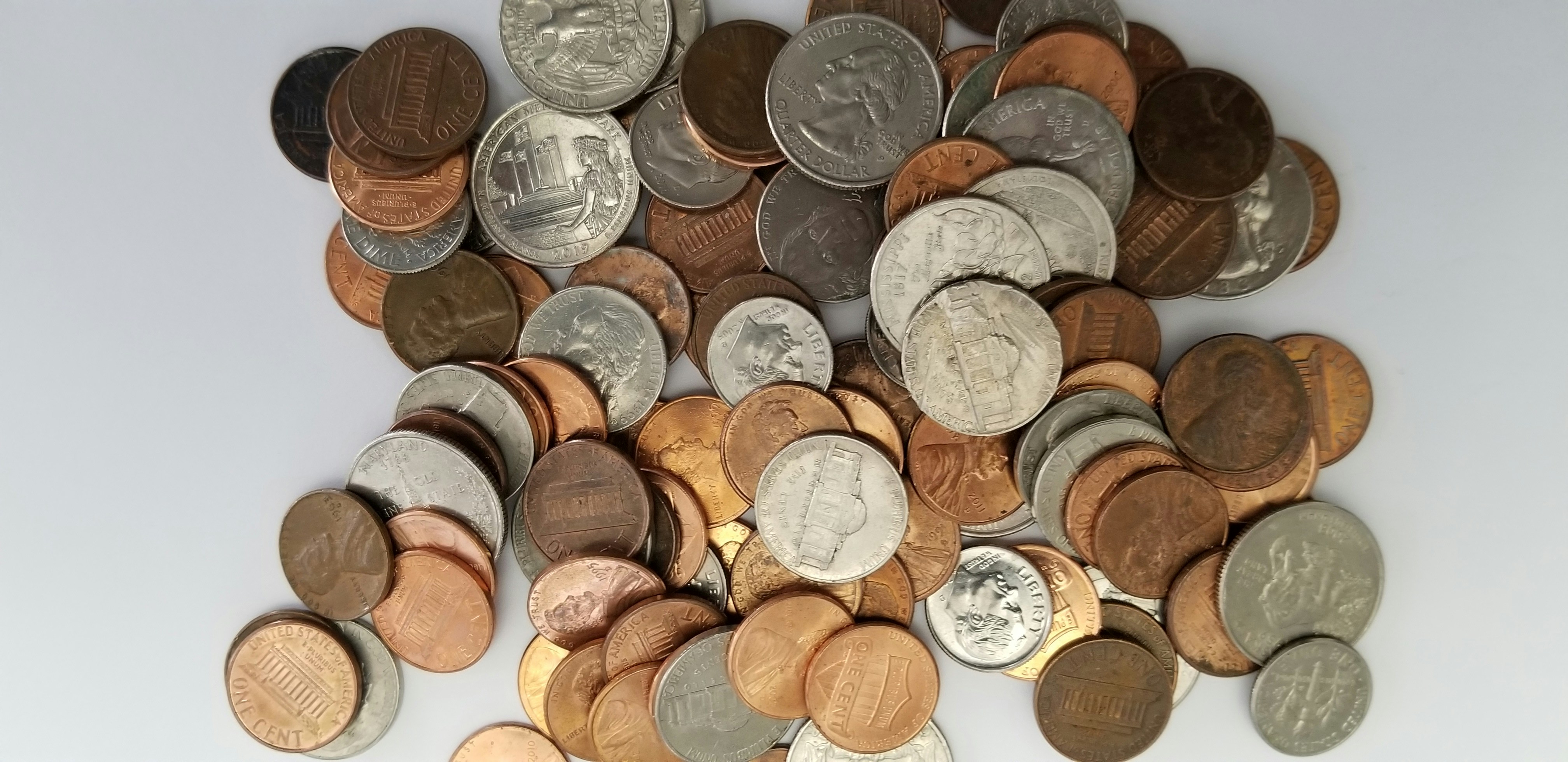












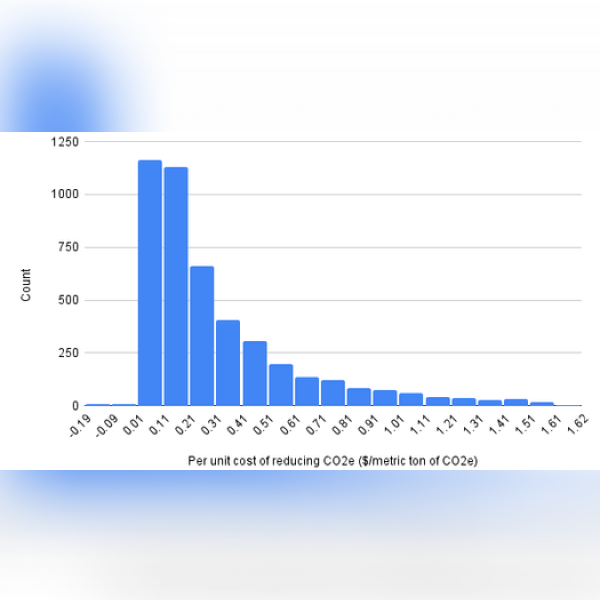
.png)
